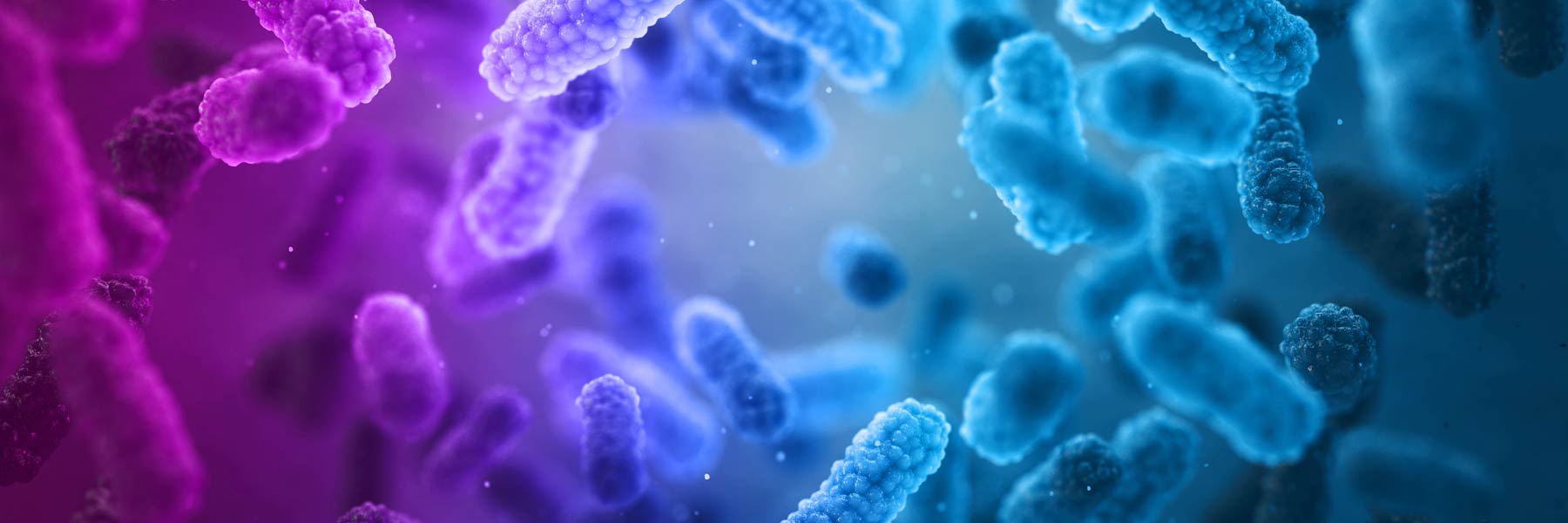2016-07-01
Since today is the day we Canadians celebrate all things Canada, we thought we’d take some time between the barbeques and the fireworks to combine our love of our national animal with our love of the microbiome.
The North American beaver (Castor canadensis), the second largest living rodent, is the quintessential symbol of Canada. Recently, we came across an interesting study that examined the complex gut microbiome of the beaver. This study, conducted, by researchers from the Lethbridge Research and Development Centre in Alberta, Canada, examined the microbial community of the gastrointestinal tract of the beaver, specifically the microbiome of the ceacum and feces.
The North American beaver is an interesting subject to study from a microbiome perspective. Beavers are perhaps best known for their industrious dam and lodge building, which can not only impact ecosystems but also contributes to the beaver’s diet of woody plant material, bark, roots and aquatic plants. Because of their choice of food and building material, the beaver’s diet is high in cellulose, the primary component of the plant cell wall. In herbivores, the complete digestion of cellulose requires enzymes expressed by gut microbes. In beavers, evidence of cellulose digestion in the ceacum has been observed but the source of this activity had not been determined, nor has the makeup of the microbial community responsible for cellulose digestion been characterized.
The authors examined the ceacum and fecal microbiome of 4 beavers to determine the makeup of the microbial community of the beaver’s GI tract. They looked at the difference in microbial community structure between beavers and between GI tract regions and found that the ceacum and fecal microbiome of the animals in the study were predominated by Bacteriodetes and Firmicutes, which is a characteristic common within all mammalian guts. Interestingly, these two phyla made up more than 95% of the OTUs detected, which indicates that the beaver may have less taxonomic diversity than the “typical” mammalian gut.
The researchers identified many uncharacterized OTUs in the ceacal and fecael samples and a number of them were similar to rumen bacteria, leading the authors to propose that some of the mechanisms used in ruminants for digesting plant cell walls are shared in the microbiome of the beaver GI tract. The researcher also analysed the archaeal community in the GI tract of the beaver and found that >99% of the sequences matched to a single methanogen, Methanosphera stadtmanae, which is dependent on acetate as a carbon source. This was an unexpected results as the gut of most herbivores are dominated by Methanobrevibactor speices which use methane as their carbon source.
So there you have it, our most recognizable and acclaimed rodent in Canada employs a few different and surprising mechanisms to digest its cellulose rich diet. I hope you learned something about our little furry friend and to those of you who celebrate it, Happy Canada Day!


